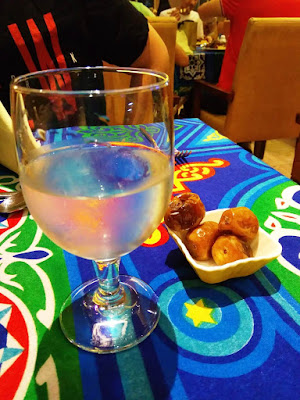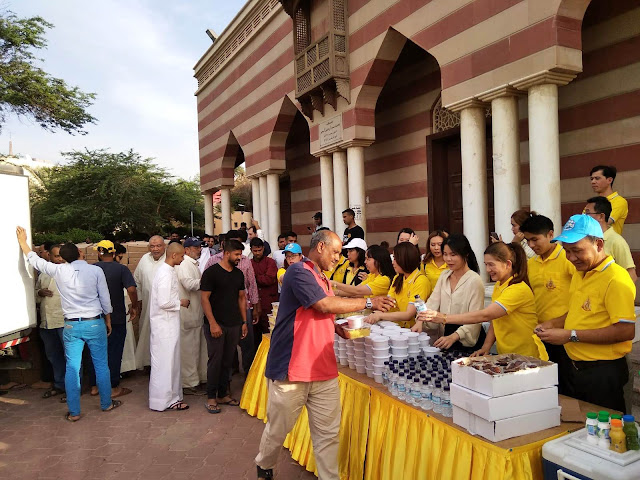6pm, the sunset starts. Meanwhile, families gather around the table, ready to enjoy a copious dinner after a whole day without eating or drinking anything. This is iftar, the meal when people break the fast during Ramadan, the holy month in Islam, which started on May 6th. This is the first time I am in a Muslim country during this event, which affects everyone’s life, regardless each one’s religion.
Fasting or sawn is the most known characteristic in this period and it is one of the five pillars of Islam. It starts at dawn, right after the suhur, a strong breakfast to resist the rest of the day, and it ends with the sunset. During this time, eating, drinking (even water) and having sexual relationships are forbidden for the Muslims. Elderly people with health problems, pregnant women and children younger than 12 years old are exempt from this practice. Besides fasting, the Muslims also celebrate these days of sacrifice and spirituality, performing good deeds, helping the most needy people and giving alms, action known as zakat, another pillar of the Islamic religion, which happens more often these days.
About my daily life, in this month we have a reduced work schedule and less students in the classrooms. The shops also modify their opening time these days and some of them close completely during the whole month. The obligation to stop eating and drinking during daytime is also applied to Non-Muslim people. Any person, regardless his/her religion, who can be seen breaking the fast or smoking in the streets or any other public place can be penalized with a 100 KD (almost 300 euros) fine and one month in jail.
mes de cárcel.
 |
| Many shops and supermarkets offer discounts during this month |
But, beyond the restrictions related to Ramadan, I would like to highlight that it is also a good occasion to celebrate meetings with relatives and friends, where happiness, generosity and solidarity truly reign. This happens almost everyday after sunset. In part, it can be perceived as something equivalent to our Christmas events in our Western countries. Certainly, it is worthy to attend some of these celebrations if you have the chance and sharing the moment.
¡Ramadan
Kareem for everyone!











